If you are looking for a guide on how to increase LAN transfer speed then you are at the right place. In this article I will be teaching you multiple methods that can help improve internet speeds, transfer rates and decrease latency.

Using an Ethernet or LAN connection has been most commonly suggested to improve internet connections in cases of issues with their connectivity. LAN connections are quicker and more reliable than Wi-Fi. Nevertheless, you might start noticing that the file transfer rate is slowing down over the Lan network. This might happen due to many causes: old network drivers, browser configurations, hard disk problems, defective Ethernet cables, etc.
Increasing LAN Transfer Speed by Updating Drivers
- Access the “Settings” menu by tapping the “Windows” and “I” keys together. Locate “Update & Security” and open it.
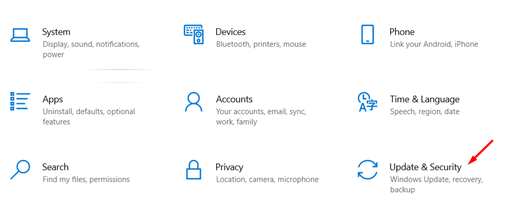
- Pick the “Check for updates” option. The system will search for updates. Update the system and reboot. Then, check the LAN speed.
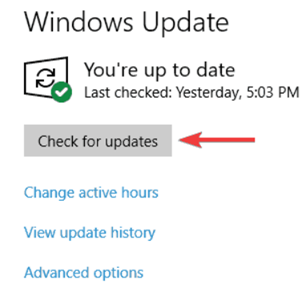
- You may upgrade the drivers from the “Device Manager” individually. Tap the “Windows” and “X” keys together and pick the “Device Manager” from the given options.
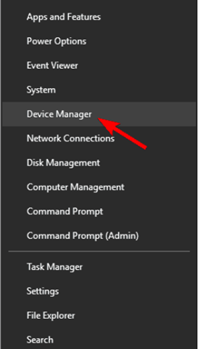
- Select the “Display adapters” and extend it. It will show the existing network device. Right-click on it and go for the “Update driver” option. Choose to look for the updated driver automatically. After updating the drivers, check if the LAN transfer speed got better or not.
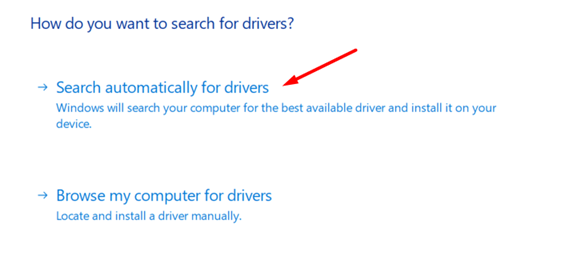
Increasing LAN Transfer Speed using Command Prompt
- Put “cmd” on the search bar at the “Start” menu. Run “Command Prompt” as administrator.
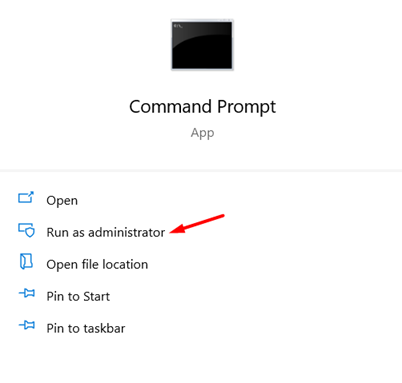
- Put this command: “netsh interface tcp show global” on the command line.

- Locate the “Auto-Tuning Level” section and see if it’s “Normal” or “Disable.” If it shows “Normal,” disable it with the following command: “netsh int tcp set global autotuninglevel=disabled.” Then, do a network speed test to see if this fixed the problem.

Increasing LAN Transfer Speed by Disabling LSO
- Large Send Offload (LSO) can improve the network’s performance and decrease CPU overhead. However, disabling it can also increase the LAN transfer speed. Access “Device Manager.”
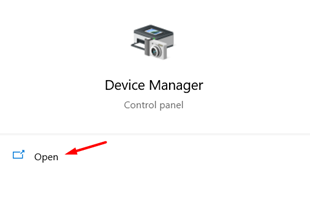
- Choose “Network adapters” and extend it. Pick the network card and open its “Properties” menu.
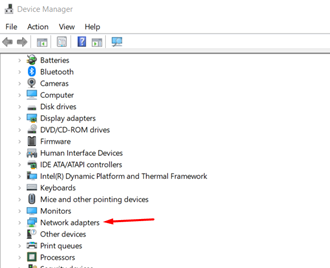
- Access the “Advanced” section and find the “Large Send Offload” option from beneath the “Property” section. Select the “LSO v2 IPv4” and change the “Value” option to “Disabled.” Then, disable the “LSO v2 IPv6” option too. Choose “OK.”
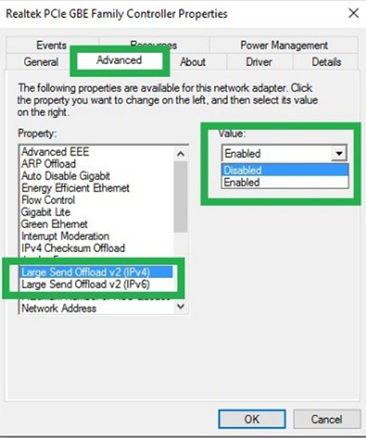
Increasing LAN Transfer Speed by Changing Network Settings
- Pick the “Network” icon from the system bar and choose the network you are currently using.
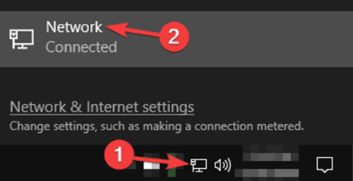
- Go for the “Change adapter options” and pick your network connection.
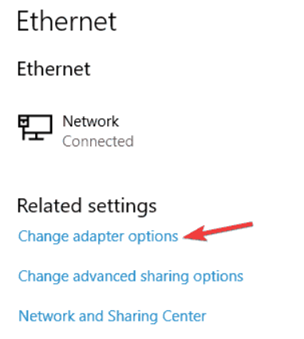
- Access the “Properties” menu and find the “IPv6” option and deselect it. Choose “OK” to save the modification.
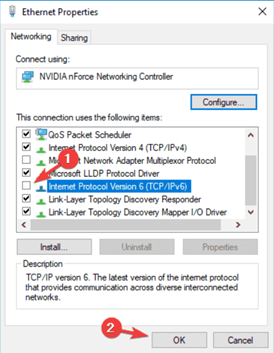
- Then, pick the “IPv4” option and go for the “Properties” option.
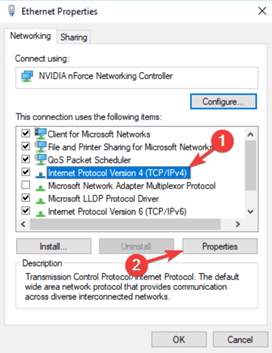
- Go for the option “Use the following DNS server addresses” and set up your preferred server addresses such as Google servers or OpenDNS etc. For example, if you set Google server, put “8.8.8.8” in the “Preferred” section and “8.8.4.4” in the blank field of the “Alternate” section. Select “OK.”
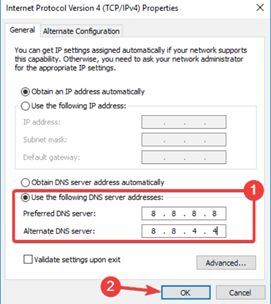
Increasing LAN Transfer Speed by Resetting the OS
- Access the “Update & Security” option from the “Settings” menu. Select the “Recovery” section. Pick “Get started” beneath “Reset this PC.”
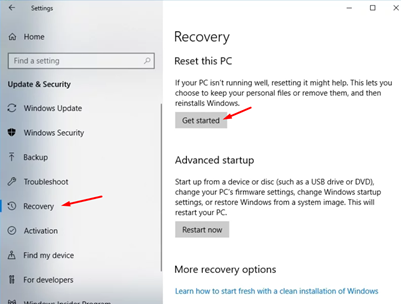
- Choose the “Keep my files” option and finish the process.
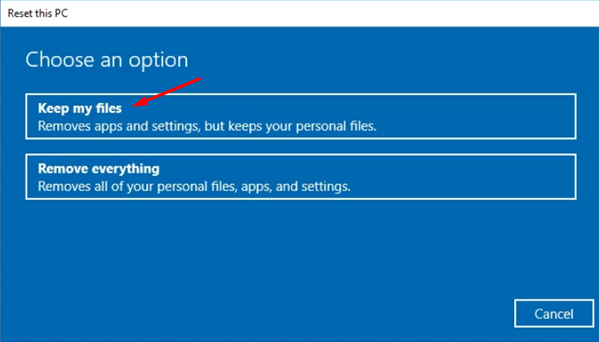
Summary: Increase LAN Transfer Speed
- Open a command window.
- Type in "netsh interface tcp show global"
- Change the settings in the key named "Receive Window Auto-Tuning Level" from "normal" to "highly restricted".
- Change the settings in the key named "CongestionProvider" from "ctcp" to "none".